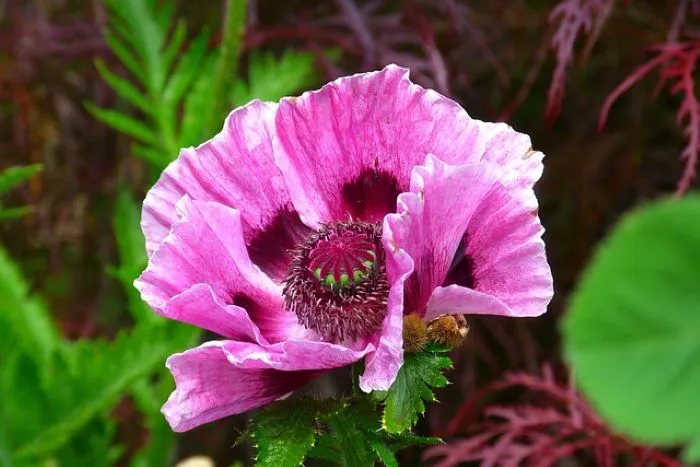Planting wildflowers can transform a garden into a vibrant and colorful space while supporting local ecosystems. However, timing is crucial for successful growth and blooming. Understanding when to plant wildflowers depends on several factors, including climate, region, and specific flower species. This article will provide a detailed overview of the best months to plant wildflowers, helping you achieve a flourishing wildflower garden.
Understanding Wildflower Growth Cycles
Wildflowers have different growth cycles, which influence when they should be planted. Annual wildflowers complete their life cycle in one growing season, while perennial wildflowers can live for multiple years. Some wildflowers may also be classified as biennials, which take two years to complete their life cycle. Knowing the type of wildflower you want to plant will help determine the best planting time.
Climate and Regional Considerations
The ideal month for planting wildflowers varies significantly based on climate and geographical location. Here are some key considerations:
Temperate Regions: In temperate climates, wildflowers are typically planted in the spring or fall. Spring planting allows seeds to germinate as the soil warms. Fall planting can help establish roots before winter.
Warm Climates: In warmer regions, such as the southern United States, wildflowers can often be planted in the fall. This allows the seeds to benefit from winter rains and germinate in early spring.
Cold Climates: In colder areas, it is best to wait until the last frost has passed before planting wildflower seeds. This usually occurs in late spring.
Recommended Planting Months
Here are general guidelines for the best months to plant wildflowers based on different regions:
Spring Planting
March to May: In most temperate regions, spring is an excellent time to plant wildflowers. March is suitable for southern areas, while May is more appropriate for northern regions where the soil is still cold in early spring.
Soil Temperature: Ensure the soil temperature is consistently above 50°F (10°C) before planting. This encourages seed germination and healthy growth.
Fall Planting
September to October: Fall is another ideal time for planting wildflowers, especially in temperate and warmer regions. Planting in early fall allows seeds to establish roots before winter.
Winter Stratification: Some wildflower seeds benefit from a period of cold stratification. Planting in the fall allows natural winter conditions to prepare the seeds for germination in spring.
Specific Considerations for Different Species
Different wildflower species may have unique requirements for planting times. Here are some examples:
Annual Wildflowers: These should generally be planted in the spring after the last frost. Examples include California poppies and zinnias.
Perennial Wildflowers: Many perennials can be planted in either spring or fall. Examples include coneflowers and black-eyed Susans. Fall planting allows them to establish roots before winter.
Biennial Wildflowers: These should be planted in late summer to early fall. Examples include foxgloves and hollyhocks, which will bloom the following year.
Preparing for Planting
Regardless of when you choose to plant, proper preparation is essential. Here are some steps to follow:
Site Selection: Choose a sunny location that receives at least six hours of sunlight daily. Most wildflowers thrive in full sun.
Soil Preparation: Clear the area of weeds, grass, and debris. Loosen the soil to create a good seedbed. Testing the soil for pH and nutrient levels can also be beneficial.
Seed Selection: Choose a wildflower seed mix that is appropriate for your region and climate. Native species are often the best choice, as they are adapted to local conditions.
Conclusion
The best month to plant wildflowers varies depending on climate, region, and the specific types of flowers you choose. Spring and fall are generally the most suitable times for planting wildflower seeds. By understanding the growth cycles of wildflowers and considering local conditions, you can successfully establish a beautiful and thriving wildflower garden. Enjoy the process of planting and nurturing your wildflowers, knowing that you are contributing to the beauty of your landscape and supporting local wildlife.


